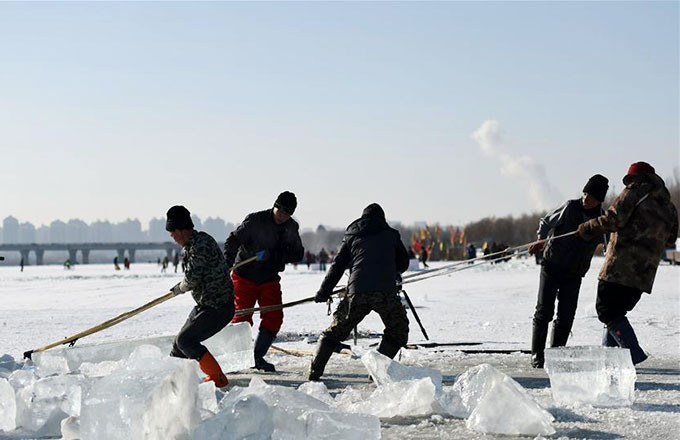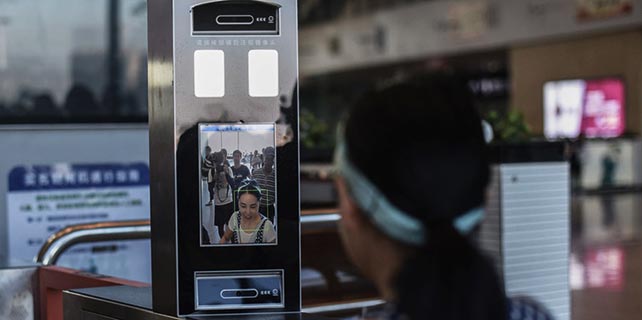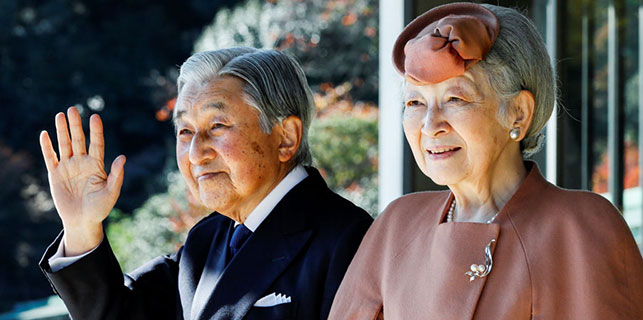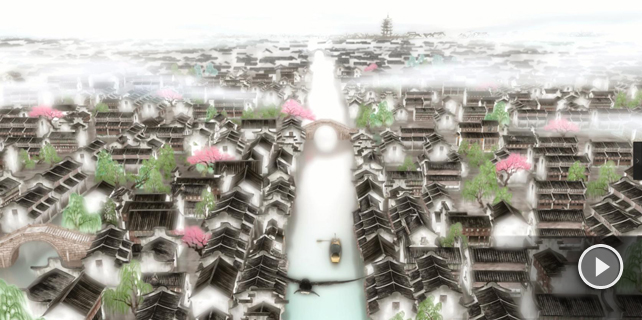Forgotten camp remembered at last
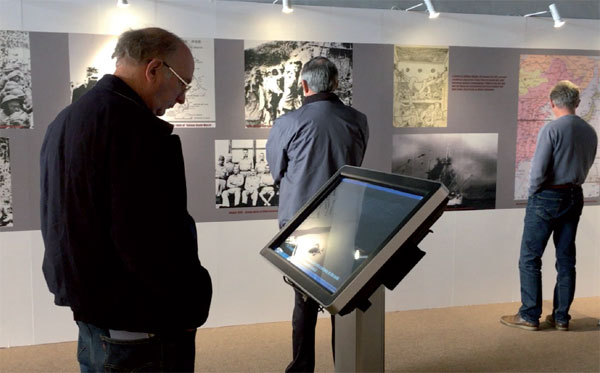 |
|
Visitors view historic photographs at the exhibition, Forgotten Camp, in San Francisco. CHINA DAILY |
They were beaten for no reason. They were made to stand naked in bitter cold outside the guardhouse. They were tormented with scarce food and water. They were forced to make armaments to be used against their own side.
Allied prisoners of war (POWs), most of them Americans, endured everything from starvation and disease to torture and death when they were held from 1942 to 1945 at a prisoner camp run by the Japanese Army in Shenyang, known then as Mukden, in Japanese-occupied Manchuria.
The first winter at Mukden camp was just one more hellish ordeal for men who had survived the Bataan Death March and Japanese "hell ships".
When they arrived at the camp in November 1942, the prisoners were wearing thin, tropical clothes, some without shoes or boots. Frostbite was not uncommon in the bitter cold.
How did more than 2,000 POWs captured in the Philippines end up in faraway Mukden?
There was a huge military industrial complex in Mukden and the Japanese were in great need of technical personnel to staff the factories, said Gao Jian, history researcher at the "9.18" History Museum in Shenyang.
The Japanese Army did research into the POWs' backgrounds and transferred those with technical skills and the highest-ranking officers to Mukden by way of Korea, she said.
The camp was an old Chinese military barracks built partly underground, where prisoners slept eight to a shelf. During the first winter, nearly 200 POWs died from failing health and the harsh living conditions.
This lesser-known history of the Allied POWs at the Mukden camp is depicted through 250 historic photographs and 42 pieces of duplicated artifacts at an ongoing exhibition, Forgotten Camp, in San Francisco, organized by the Site Museum of Shenyang POW Camp of WWII Allied Forces and China Daily.
In the photos, the POWs appear thin and malnourished. Jackie Hallerberg, daughter of Walter Huss, a late Mukden POW, said the prisoners' diet was rice and very thin broth with a few soybeans.
In addition to the physical torture, the POWs also suffered from mental anguish, as the Japanese tried continually to debase them.
They were forced to bow Japanese style to any Japanese regardless of their rank. If they didn't bow fast enough or low enough to suit the approaching Japanese, it was grounds for a beating, according to references collected by the Mukden POW Remembrance Society, a group committed to preserving the camp's history.







